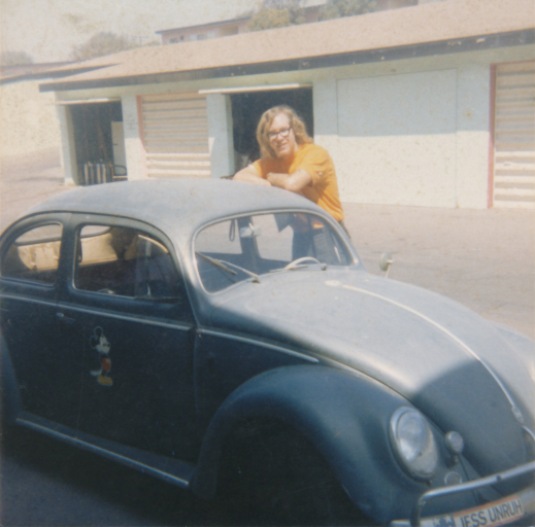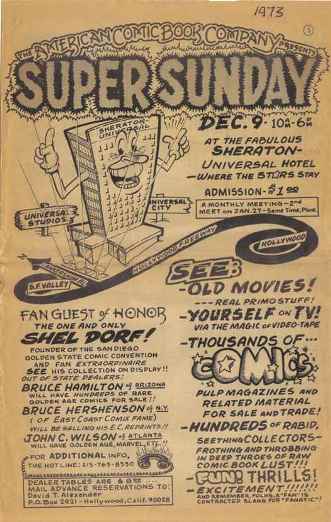Some time around the late summer or early fall of 1969, San Diego comic fan Barry Alfonso placed a “comics wanted” ad in the Penny Saver, a free, classified-ads magazine. Barry was twelve at the time.
One of Shel Dorf’s parents saw the ad and showed it to him. Shel had just moved to San Diego, and was living at his parents’ apartment in San Diego’s Clairemont community. Although he had worked as a commercial artist in Detroit and New York, Shel had not yet found employment in his new city. He did, however, have comics to sell to raise some cash and therefore gave Barry a call.
As recounted in a previous article, Barry didn’t have the financial resources to buy all that Shel had to sell, so he suggested that Shel call Richard Alf (age 17) whose ad for buying and selling comics had just recently begun to appear in Marvel comics.

Richard Alf's First, 1969 Ad in Marvel Comics
Shel followed Barry’s advice and gave Richard a call. In the course of their comics dealing, they began to talk about comics fandom and Shel’s former involvement with the Detroit Triple Fan Fair, an early multi-media convention for the fans of comics, films, and science fiction. The suggestion was made that Richard bring fans of his acquaintance over to Shel’s place to continue the discussion as a group.
Richard contacted Bob Sourk (age 16) and Mike Towry (age 14), who lived in the same part of San Diego as Richard and also were comic dealers, and Dan Stewart (age 16) who was a customer of Richard’s from Escondido, which is around thirty miles north of San Diego. Shortly thereafter, Richard, Bob, Mike, Dan, and Barry met with Shel at the Clairemont apartment and San Diego’s Golden State Comic-Con, as Comic-Con International was first known, was born.
Before long, another of Richard’s customers, contacted through his ads, would be introduced to the Comic-Con and join it’s nascent committee as a key participant: William “Bill” Lund, who would become Comic-Con chairman in the years 1973 and 1974. And as time went by, Richard would begin to include Comic-Con advertising with his national catalogue mailings, thus raising Comic-Con’s profile in comics fandom and attracting many more fans who would become attendees and volunteers.
But Richard’s Marvel – and later D.C. – ads meant more to Comic-Con than a means to contact comic fans. They also increased his business enough to provide him the funds with which to finance the initial Comic-Minicon (March 1970) and the first three San Diego Comic-Cons (August 1970, 1971, and 1972). The monthly fifty-cent dues paid (with varying regularity) by the local comic group members was far too meager for producing a three-day convention, as was whatever small net sum was realized from the initial mini-con. Without Richard to finance the Comic-Con’s bills, the prospects for staging a successful convention would have been far dimmer.

Richard Alf and the Original "Con-Mobile": His 1954 Vintage Volkswagen Beetle
Richard’s ad-fueled comics business also financed the original “Con Mobile,” a 1954 vintage, dark blue Volkswagen Beetle. In those early years of Comic-Con, Shel was without a car and relied upon Richard for transportation for convention business. Their hours spent driving around together on convention business drew them closer together, forming a strong personal bond, and forging a real team that was a key to the success of the early conventions.
